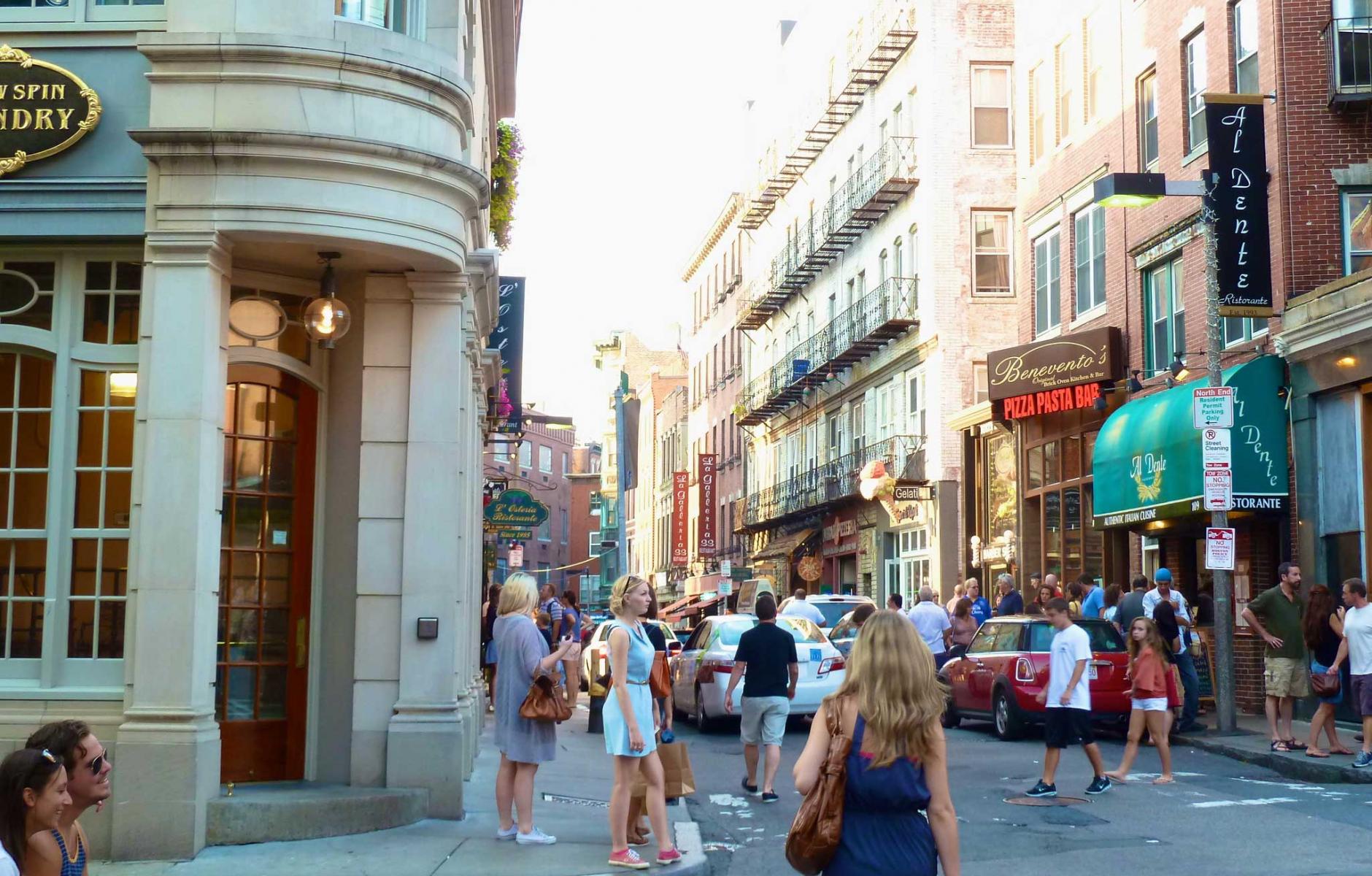
NPR travel personality talks ‘walkable cities’
Rick Steves may be the best-known travel personality in the US, with an extensive multimedia business attached to his name—including books, travel guides, television, and radio. The NPR program Travel with Rick Steves has been on the air for nearly two decades, focusing mostly on Europe—where cities were mostly built on a human scale, prior to automobile development.
Travelers often visit walkable places (on whatever continent, even if they live in car-dominated suburbs), so there is an overlap of interest connecting travel and New Urbanism. This is displayed in a recent public radio program when Steves interviews Jeff Speck, urban planner and author of Walkable City, the popular planning book that was recently expanded in a Tenth Anniversary Edition.
The discussion offers insights into the public dialog around urbanism, and where that is headed. Speck explains why America is experiencing a dramatic rise in pedestrian deaths, while Europe is not. A great walkable city often comes down to its street design, with enormous economic and social consequences.
Steves kicks of the segment by asking what the most walkable cities have in common—citing a recent poll that lists Boston, San Francisco, Barcelona, Amsterdam, Prague, Paris, and New York City.
“They have what I would call fabric,” Speck writes. “They have the everyday shaping of space around streets—small blocks, small streets. It’s not so much the monuments, which are great to visit, but the spaces between the monuments, and how well they are shaped and organized around the human body, as opposed to … the automobile.”
And yet designing walkable cities doesn’t mean banning cars, but putting them in their place. “Cars moving slowly are the lifeblood of the typical American City,” Speck explains, emphasizing that slow traffic speed is vital to designing cities around people and places.
He summarizes: “If you organize your city around cars, you end up with a car city. If you organize your city around people and places, you have a people and places city. It’s a choice we make as we design cities.”
In the US, we have mostly chosen to design cities around cars over the last six decades, and this has serious economic and safety implications.
“In the 1970s, we spent 10 cents of every dollar in transportation, now it’s 20 cents of every dollar we earn,” he explains. “Poor people spend as much on transportation as housing. Some poor people spend as much as 40 percent of household income on transportation.”
Speck mentions the “suburbanization of poverty,” the trend in recent decades towards low-income people moving into suburbs for lower housing costs—as some cities gentrify. This trend is behind an “82 percent increase in pedestrian deaths over the last 14 years,” the planner says. Poor people are living in drivable places, but having to walk, with deadly results. “Suburban parts of cities were designed around the presumption that everyone would be driving everywhere all the time, and these folks don’t have cars,” he says. The rise of ownership of large SUVs has also meant crashes are more deadly.
The comparison with Europe is useful, because pedestrian deaths are declining steadily across the Atlantic, Speck reports.
Europeans have smart phones, but streets are designed differently, and large SUVs have not caught on to the same extent. Speck surprises the host by pointing out that a “car traveling 35 mph is seven times more likely to kill you than a car traveling 25 mph.” Most urbanists are familiar with the kinetic energy of a moving vehicle—the reason why death rises so dramatically with a relatively small increase in speed. Steves, like most people, don’t know much about the physics of transportation.
In the US, traffic engineers favor higher speeds, Speck explains, in order to create “forgiving streets” for motorists. Street design here has long anticipated mistakes made by drivers, an approach that encourages speeding. In Europe, designers take away that forgiveness, to slow traffic down, Speck says. Ultimately, the slower speed makes urban streets much safer—for pedestrians and motorists.




